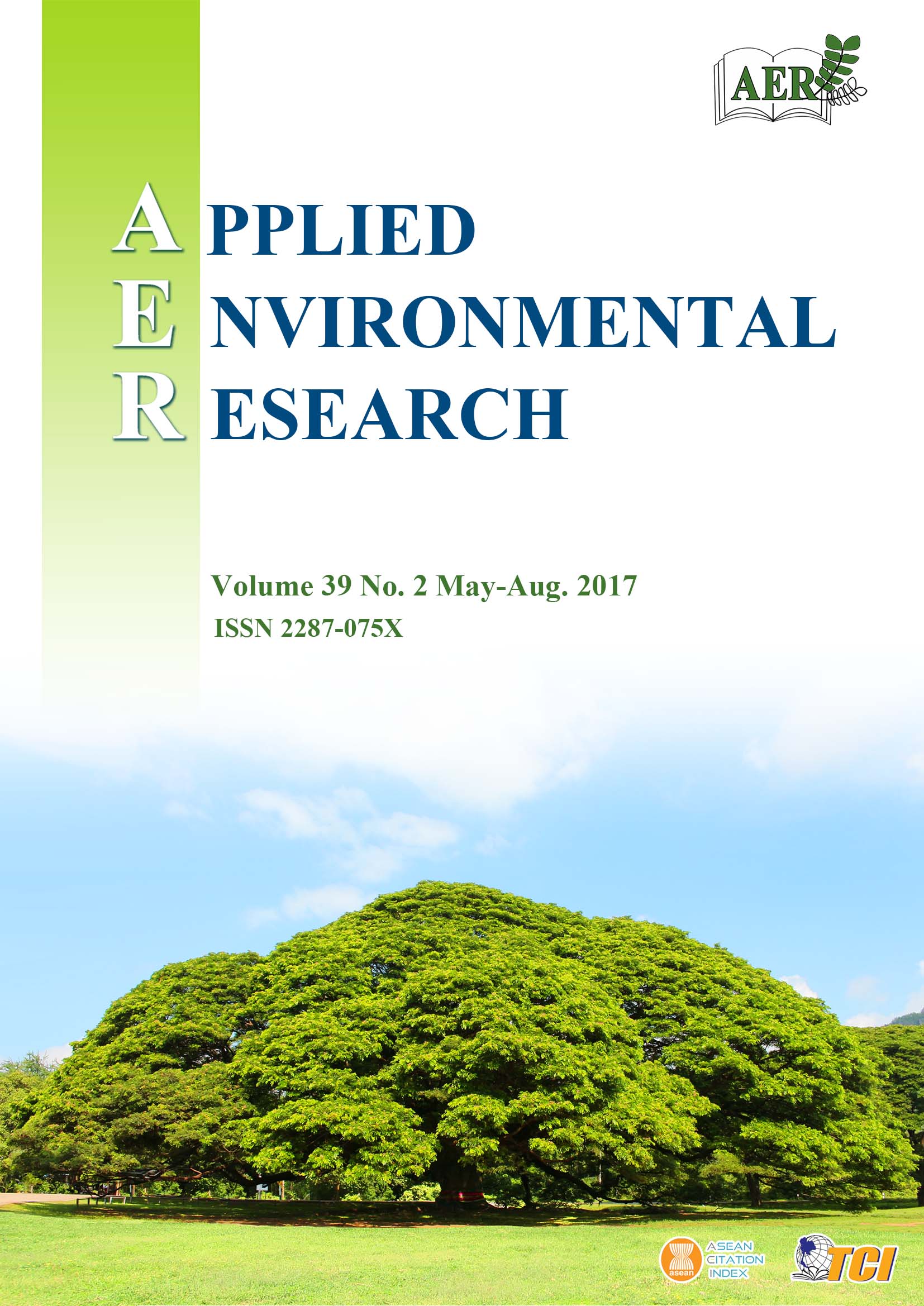A GIS Model for PM10 Exposure from Biomass Burning in the North of Thailand
Main Article Content
Abstract
Human exposure to particulate matter with an aerodynamic diameter below 10 µm (PM10) is found to be associated with biomass burning in Thailand. Recent investigations confirm that primary sources of PM10 are natural forest fires and agricultural waste burning. Incidence of atmospheric haze increases significantly during the dry season from January to April. PM10 exposure in eight provinces in Northern Thailand were determined using GIS through spatial interpolation. Daily average ambient PM10 concentrations from 10 monitoring stations were used as the input data for the GIS model. Three interpolation techniques: Inverse Distance Weighted (IDW), Kriging and Spline, were compared. The predicted PM10 concentrations were verified with field measurements. GIS-based maps illustrated the variability of PM10 distribution and high-risk locations, which were found to be associated with wind direction and forest fire frequencies. Mae Hong Son, Chiang Rai and Phrae were found to be at highest risk of PM10 exposure during the dry season.
Article Details

This work is licensed under a Creative Commons Attribution-NonCommercial 4.0 International License.
Published articles are under the copyright of the Applied Environmental Research effective when the article is accepted for publication thus granting Applied Environmental Research all rights for the work so that both parties may be protected from the consequences of unauthorized use. Partially or totally publication of an article elsewhere is possible only after the consent from the editors.

